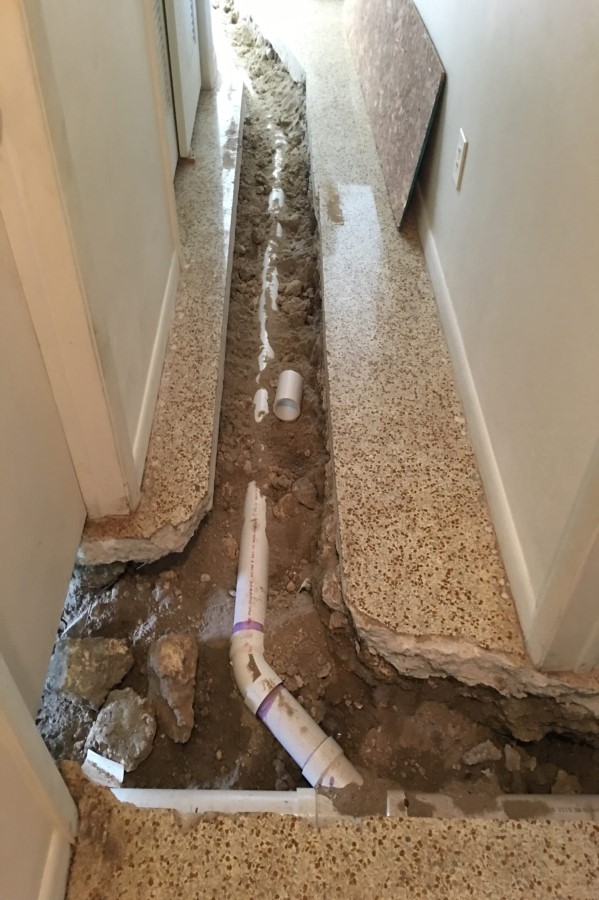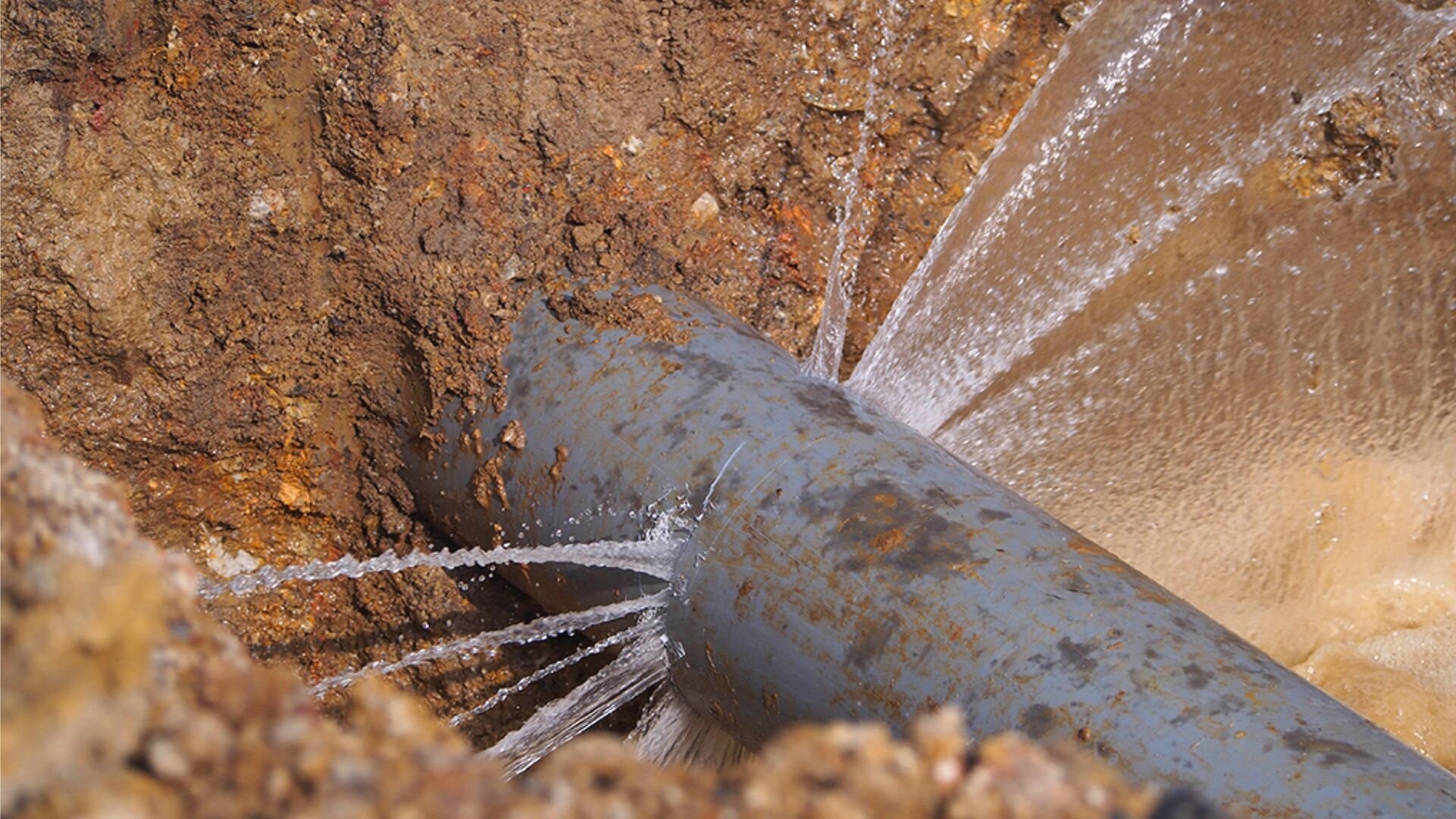Burst Pipe Insurance Claims: What You Need to Know for Water Damage Coverage
Burst Pipe Insurance Claims: What You Need to Know for Water Damage Coverage
Blog Article
Avoiding Burst Pipeline: Vital Tips to Secure Your Plumbing
Avoiding ruptured pipelines is an important worry for house owners, especially throughout chillier months when the risk of cold is enhanced. Carrying out tactical actions such as appropriate insulation, regular evaluations, and maintaining consistent interior temperature levels can considerably decrease the chance of pipeline failure.
Understand Pipe Vulnerabilities
Understanding pipe susceptabilities is important for reliable pipes maintenance and protecting against costly damage. Several factors add to the susceptibility of pipes to ruptureds, consisting of product composition, age, and environmental conditions. Older pipes, particularly those made from galvanized steel or polybutylene, often weaken in time, leading to increased threat of leakages and tears.
Temperature level fluctuations can likewise dramatically effect pipe honesty. In cooler climates, water trapped in pipes can ice up, expanding and exerting stress on the pipe wall surfaces, which might inevitably bring about a burst. High water stress can stress pipelines, particularly at bends and joints, enhancing the chance of failing.

Insulate Pipeline Effectively
Appropriate insulation of pipes is critical for protecting against freezing and subsequent ruptureds throughout cold weather (burst pipe). Insulating your pipes system efficiently safeguards versus temperature drops that can result in pricey damages. Begin by recognizing vulnerable areas where pipelines are subjected to exterior temperature levels, such as cellars, attic rooms, and exterior wall surfaces
Use foam pipe insulation sleeves or cover insulation tape around these areas to give a protective barrier. Make sure that all sections of the pipes, particularly those with limited warm direct exposure, get appropriate insulation. Pay unique interest to installations and joints, as these are extra prone to cold.
When protecting, it's important to pick materials that fulfill neighborhood building regulations and are suitable for the specific atmosphere. For example, fiberglass insulation is typically suggested for its thermal resistance homes - burst pipe. Furthermore, think about using warm cords or tape in severe conditions, which can be plugged in to give supplementary warmth
Consistently examine insulated pipes for any type of signs of wear or damages, as compromised insulation can decrease its performance. By taking these proactive measures, you significantly decrease the risk of pipe bursts, ensuring a trusted pipes system throughout the winter season.
Maintain Consistent Temperature Level
A steady interior temperature level is necessary for stopping burst pipelines throughout the freezing months. When temperature levels decline, water within pipelines can ice up, broadening and creating stress that might inevitably trigger the pipelines to ruptured. To mitigate this threat, house owners should keep a consistent temperature throughout their living room, preferably no less than 55 ° F(13 ° C)Using a programmable thermostat can aid handle indoor temperatures effectively, ensuring that spaces with pipes remain cozy also when your house is unoccupied. Pay special interest to locations that are extra prone to cool, such as attic rooms, basements, and garages. Maintaining closet doors open under sinks can likewise allow warmer air from the home to distribute around click pipes.
This minor circulation of water can protect against freezing by relieving stress within the pipes. By carrying out these approaches, homeowners can significantly reduce the risk of pipeline bursts and guard their pipes systems versus the extreme winter aspects.
Consistently Examine Pipes
Regular inspections of pipes systems are essential for stopping ruptured pipelines and maintaining total home stability. During these assessments, it is necessary to analyze visible pipelines for indicators of deterioration, leakages, or wear.
In addition, checking connections and joints is important, as these factors are commonly vulnerable to leakages. Home owners ought to also examine water pressure levels, as excessive stress can strain the pipes system and increase the risk of pipe ruptureds.
Take into consideration organizing specialist pipes inspections at least when a year, specifically prior to winter season, to ensure your system is prepared for cooler temperature levels. By being proactive in your method, you can safeguard your home against the costly and turbulent consequences of ruptured pipelines.
Know Emergency Procedures
Understanding emergency situation procedures is crucial for every property owner, especially after carrying out normal plumbing inspections. Being planned for a plumbing emergency can significantly minimize damage and save prices. First, find your major water shut-off valve; it is normally found near the water meter or where the primary line enters your home. Familiarize yourself with its operation, as closing off the water promptly can prevent extensive flooding.
Following, maintain important devices handy. A pipes emergency kit ought to consist of a wrench, bettor, and towels, as well as a flashlight and a container for tiny leaks. In addition, take into consideration having the get in touch with info for a trusted plumbing professional easily available, must the circumstance escalate beyond your control.
If you identify a leak or ruptured pipeline, quickly shut off the water system and alert your plumbing professional. In addition, document the damages with pictures for insurance policy objectives. burst pipe. Know the indicators of prospective pipes problems, such as unusual water stress fluctuations or damp areas on wall surfaces
Ultimately, aggressive knowledge and speedy visit our website action are vital in taking care of pipes emergency situations, guaranteeing your home remains protected and decreasing prospective damage.

Conclusion
Finally, protecting against burst pipes requires a multifaceted strategy that includes understanding pipe susceptabilities, correct insulation, preserving constant indoor temperatures, normal inspections, and understanding of emergency treatments. By carrying out these crucial strategies, the threat of pipes failings can be dramatically reduced, thus making sure the long life and efficiency of the plumbing system. Aggressive measures not just guard versus prospective damages yet likewise add to total water conservation and the security of residential property.
In chillier climates, water caught in pipelines can freeze, expanding and applying stress on the pipe wall surfaces, which may inevitably lead to a ruptured. When temperatures drop, water within pipes can ice up, expanding and developing pressure that might inevitably create the pipes to ruptured. By implementing these approaches, house owners can substantially reduce the danger of pipe ruptureds and safeguard their plumbing systems against the harsh winter elements.

Report this page